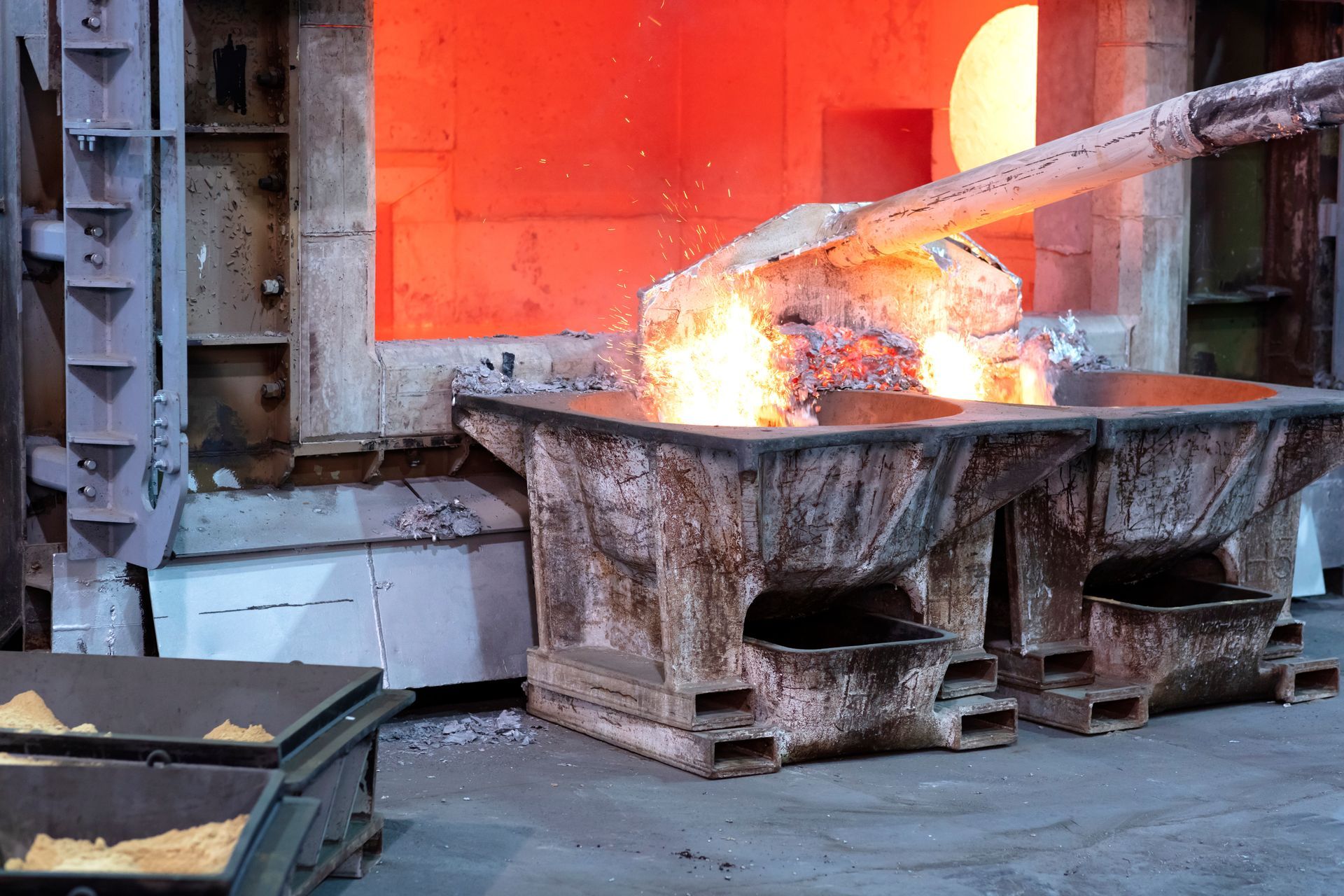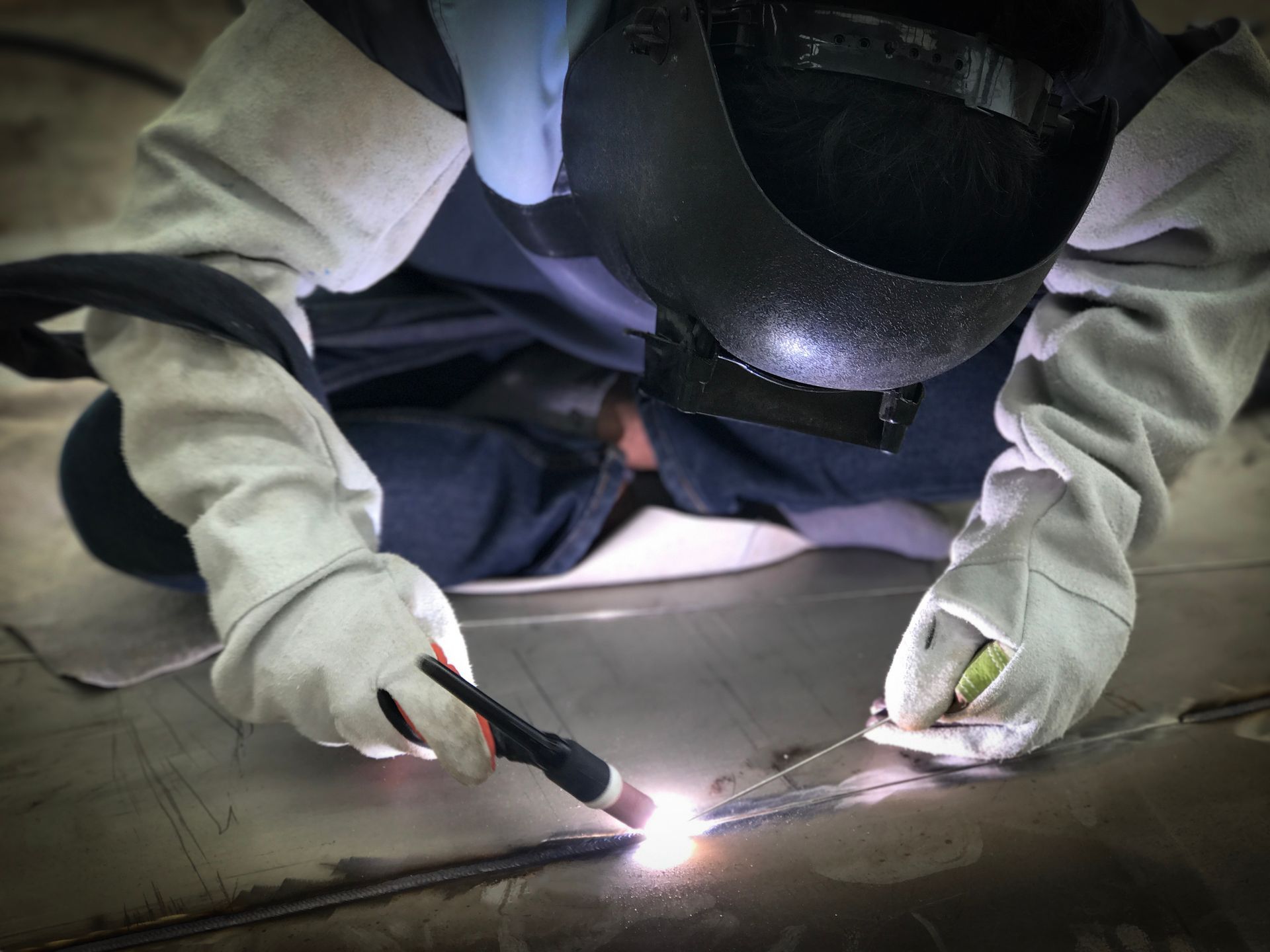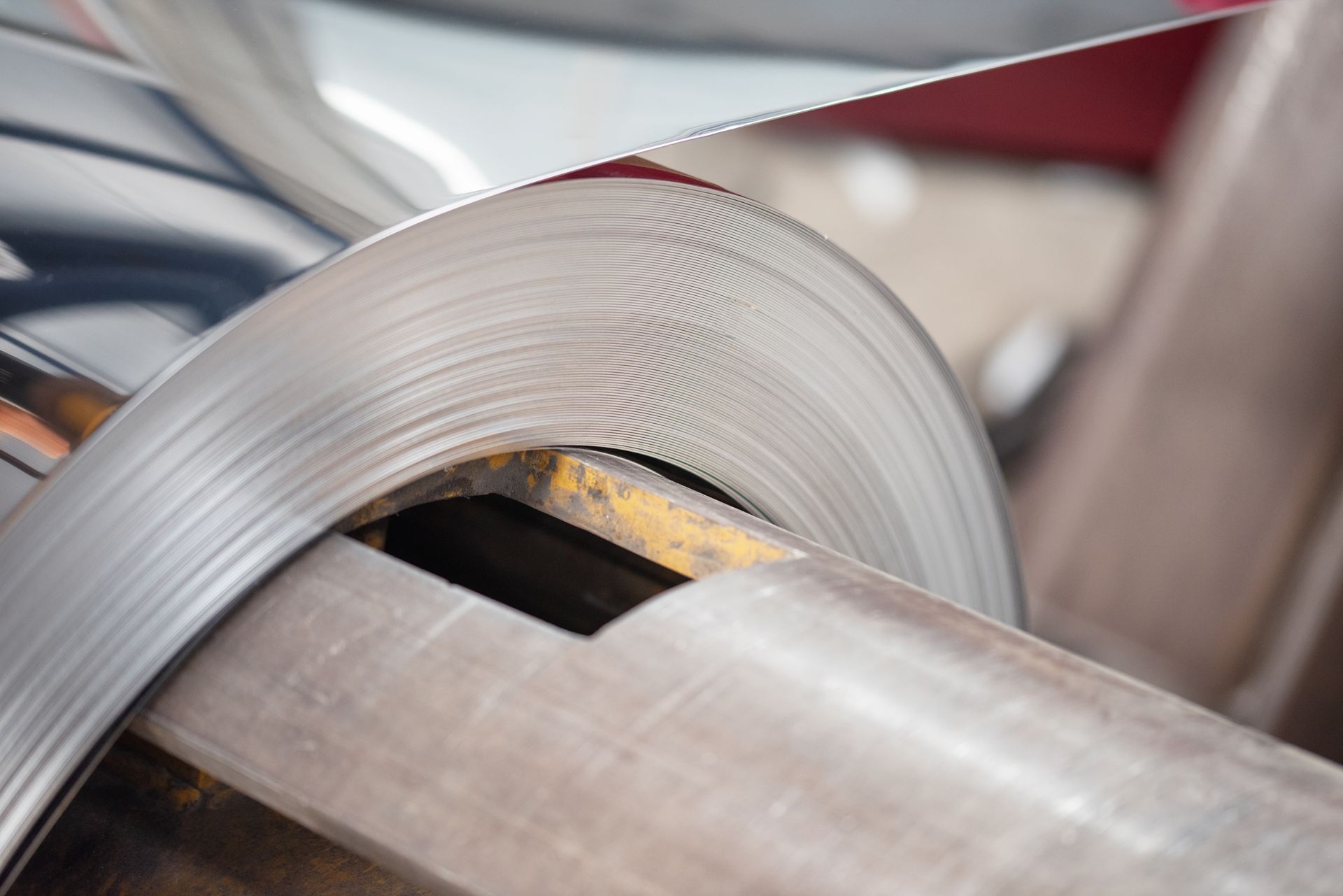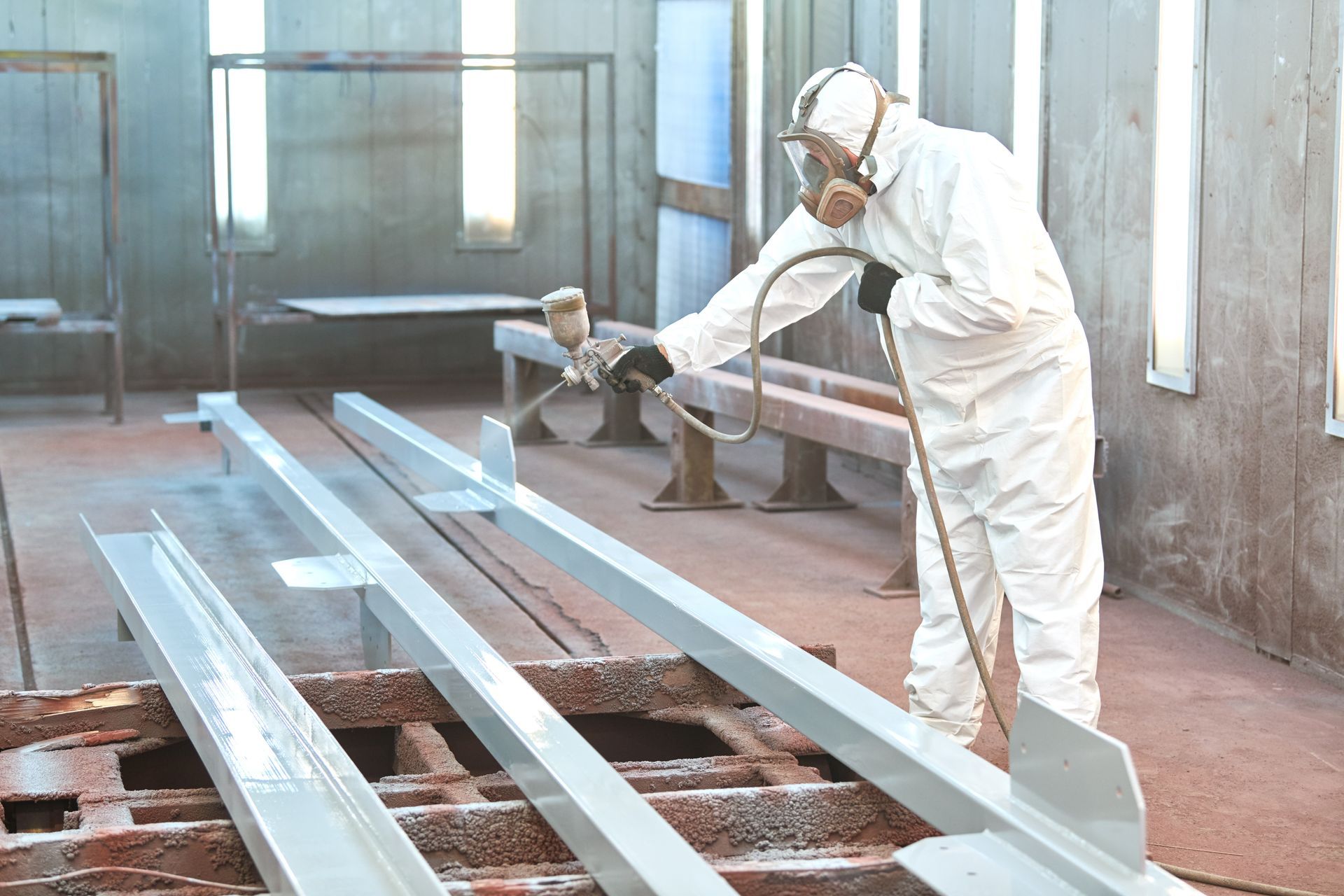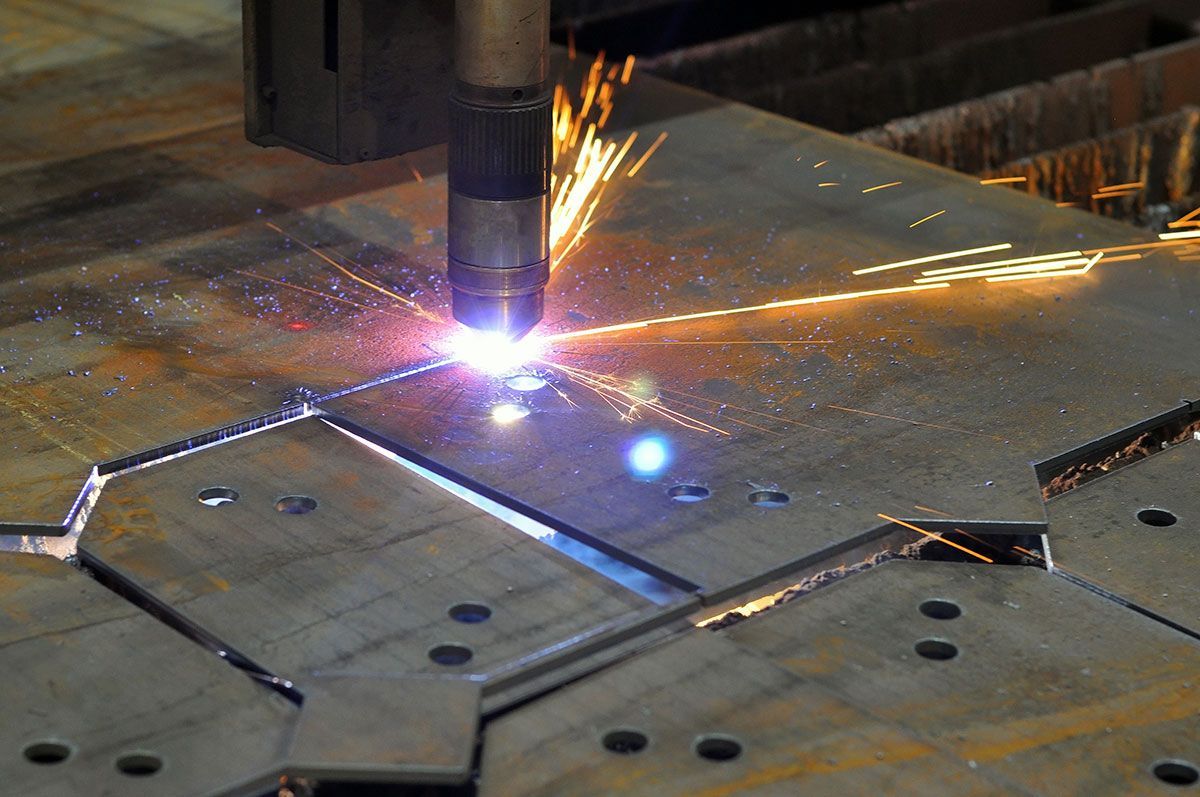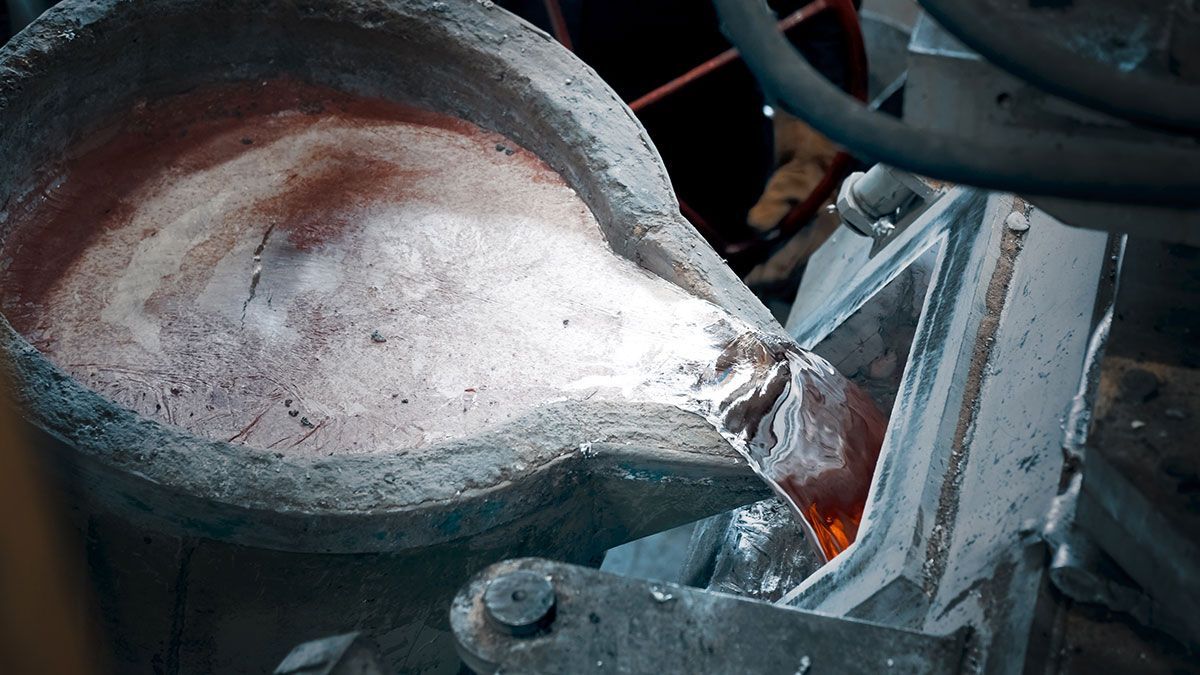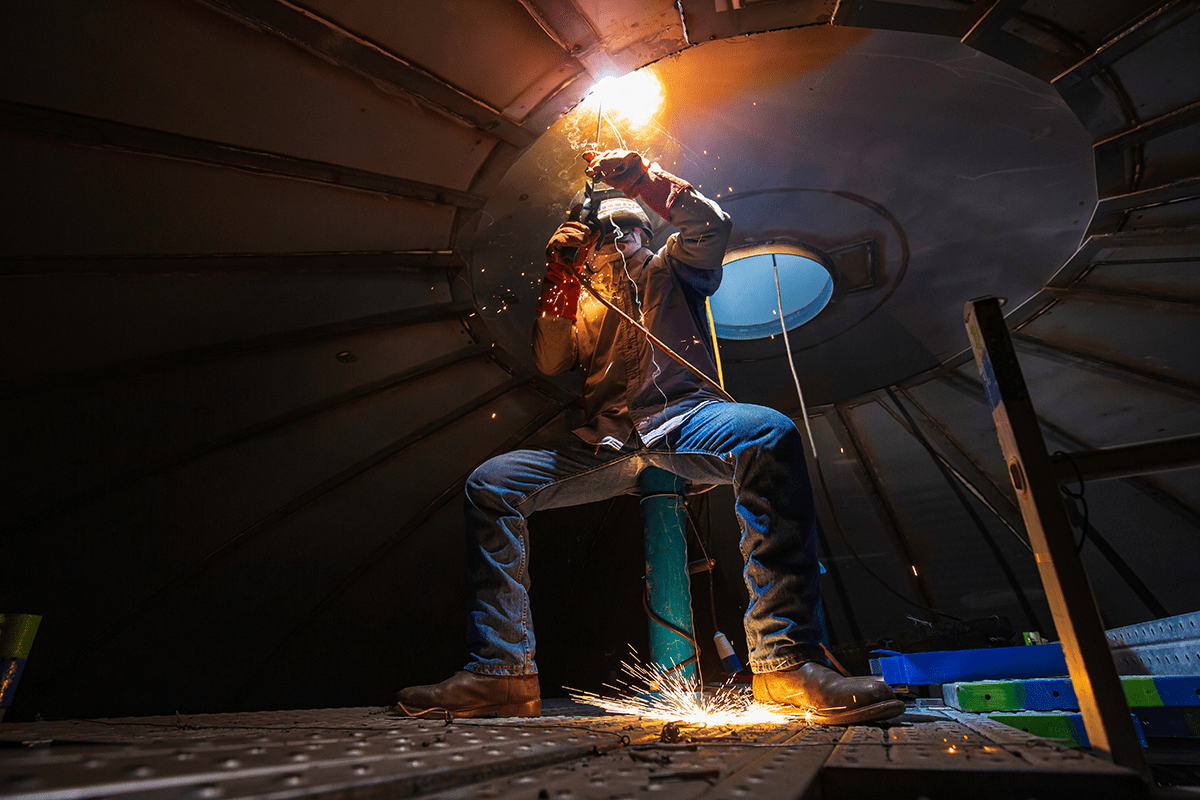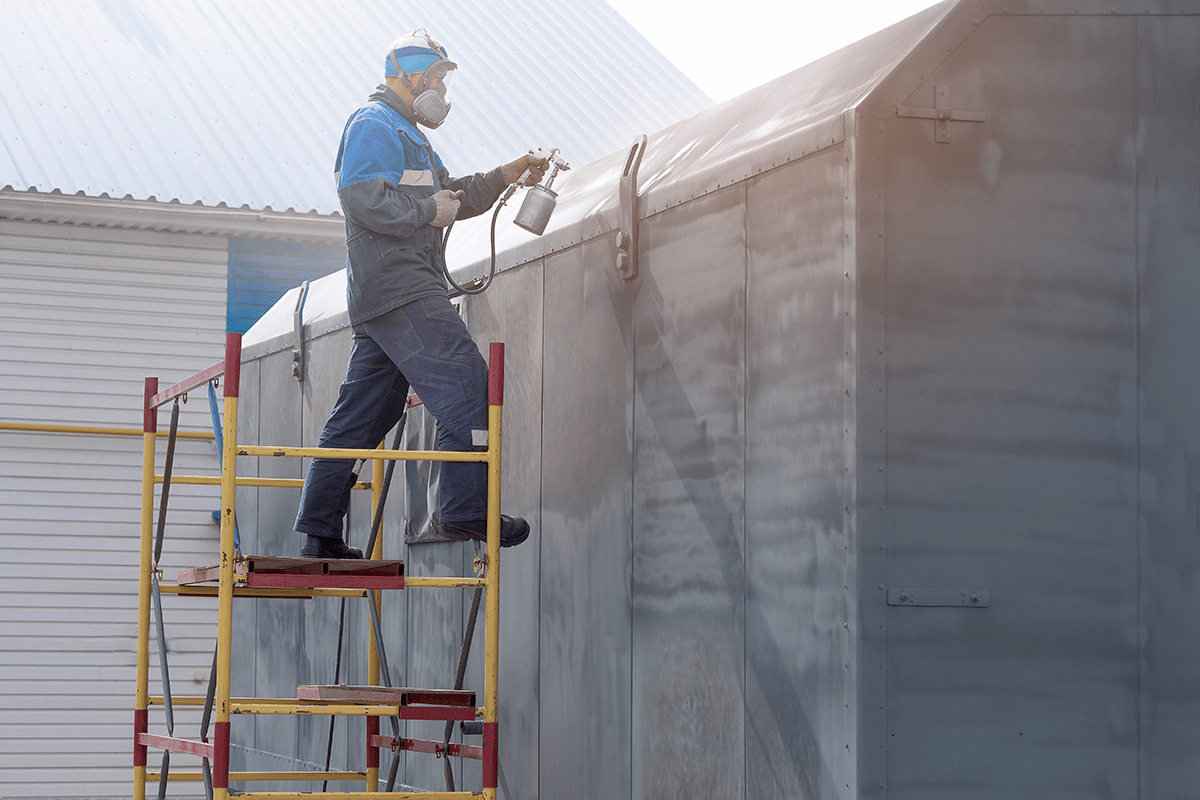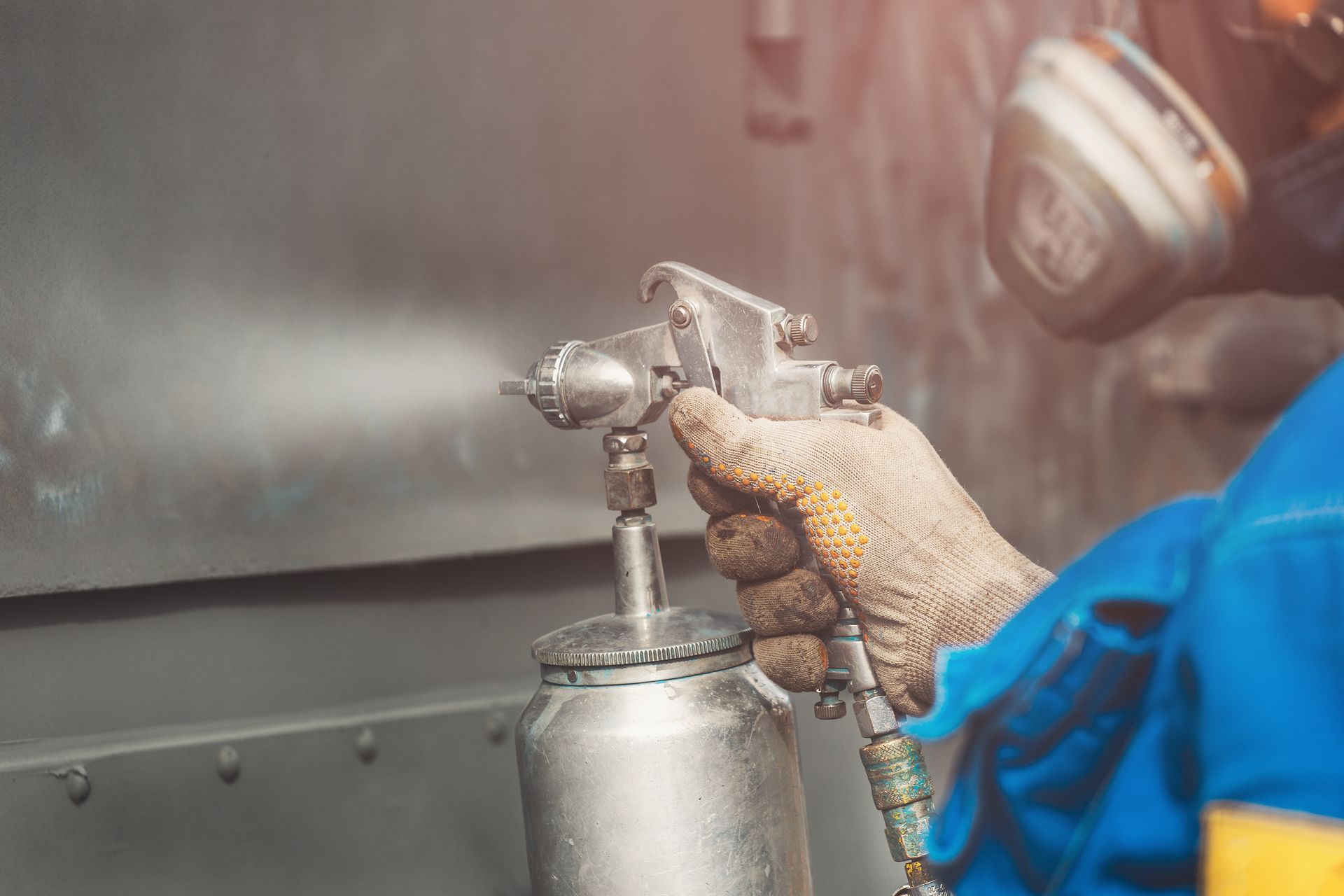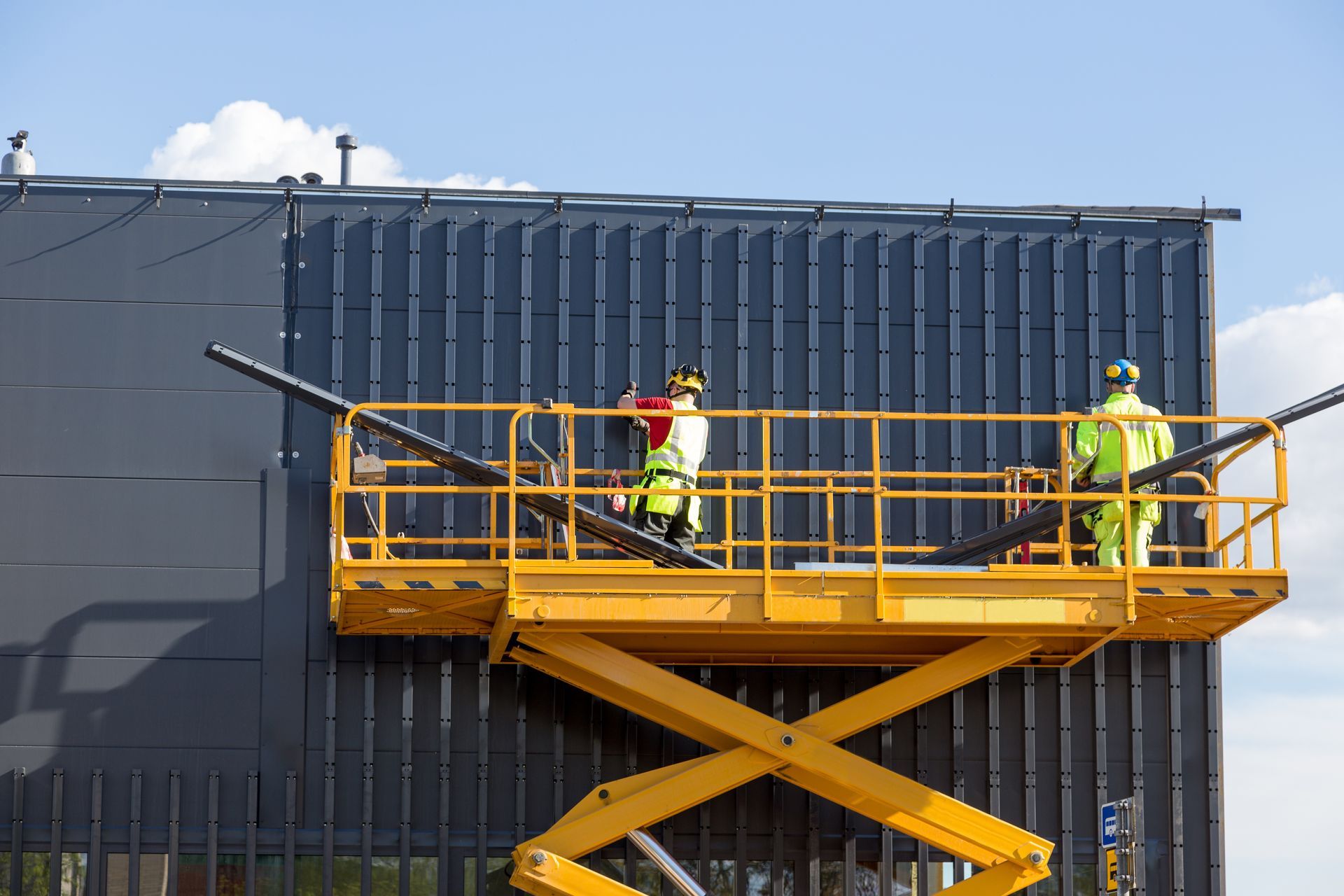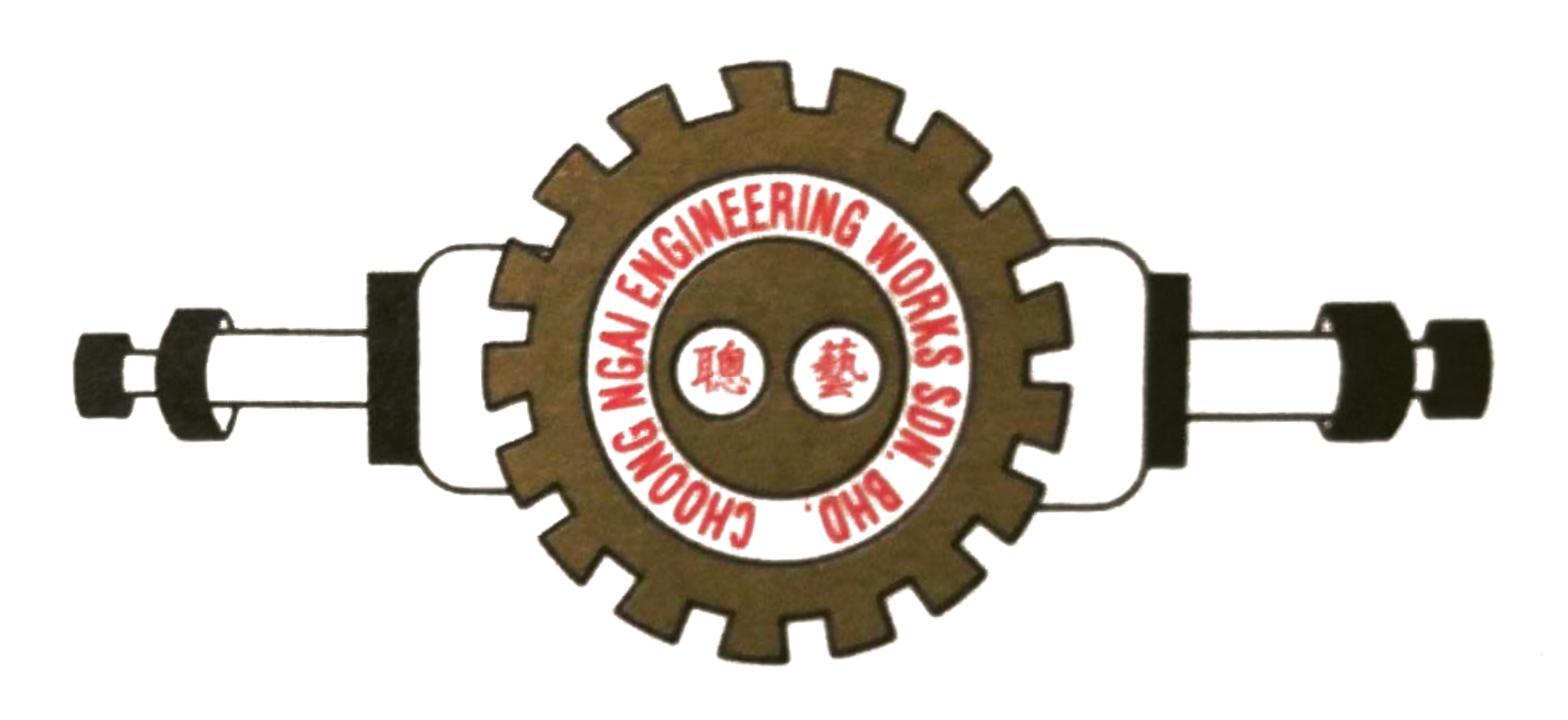Construction Knowledge: Flange Drilling Services
Flanges are used to connect valves, pipes, pumps and other equipment to make a pipework system. Typically flanges are welded or threaded, and two flanges are connected together by bolting them with gaskets to provide a seal that provides easy access to the piping system. This is when you need flange drilling services!
With a protruding ridge or rim, they are often used to increase strength or spread the load.
For example, sectional beams often have flanges that carry most of the load and that are connected by a web joining the flanges together. Pipes may also be fitted with flanges, which provide attachments. Nuts and bolts may include flanges to spread the clamping force over an increased area.
Flanges are the second most used joining method after welding. They are used when joints need dismantling. It provides flexibility for maintenance.
A flanged joint comprises of three components; flanges, gaskets, and bolting and assembled by a
pipefitter. Special controls are required to select and apply all these elements to attain a joint, which has acceptable leak tightness.
What Are Pipe Flanges?
Pipe flanges form a rim that radially protrudes from the end of a pipe. They have several holes that allow two pipe flanges to be bolted together, forming a connection between two pipes. A gasket may be fitted between two flanges to improve the seal.
Pipe flanges are available as discrete parts for use in joining pipes. The pipe flange is attached permanently or semi-permanently to the end of a pipe. It then facilitates easy assembly and disassembly of the pipe to another pipe flange.
Pipe flanges are classified according to how they are attached to the pipe. The different types of pipe flange and their specific differences and purpose include:
- Weld neck flanges are butt welded onto the end of a pipe, providing a flange that is suitable for high temperature and pressure.
- Threaded flanges have an internal (female) thread, a threaded pipe is screwed into it. This is relatively easy to fit but not suitable for high pressure and temperature.
- Socket-welded flanges have a plain hole with a shoulder at the bottom. The pipe is inserted into the hole to butt against the shoulder and is then welded into place with a fillet weld around the outside. This is used for small diameter pipes operating at low pressure.
- Slip-on flanges also have a plain hole but without the shoulder. Fillet welds are applied to the pipe on both sides of the flange.
- Lapped flanges consist of two parts; a stub end and a backing flange. The stub end is butt-welded to the end of the pipe and includes a small flange without any holes. The backing flange can slide over the stub end and provides holes to bolt to another flange. This arrangement allows disassembly in confined spaces.
- Blind flanges are a form of blanking plate that is bolted to another pipe flange to isolate a section of piping or terminate piping.
Flanges are typically manufactured from different materials such as carbon steel, low alloy steel, stainless steel, duplex steel, monel, inconel, hastelloy or nickel.
Looking for flange drilling services? Try Choong Ngai Engineering
With Choong Ngai Engineering's veteran technicians and engineers, we can provide flange drilling services regardless of which industry your business is in.
Most importantly, we'll work alongside you and your team to understand and define your exact requirements, and this process ensures that we provide the best solution to your unique maintenance requirements.
With our custom
fabrication equipment and techniques, we've been servicing happy customers for over 20 years. Learn more about our services and previous projects on our website or contact us at
choonngaiengworks@gmail.com
